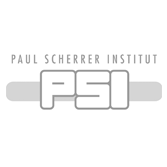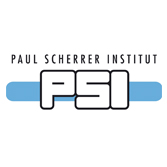PSI
Paul Scherrer Institut


The Paul Scherrer Institute (PSI) is the largest research institute for natural and engineering sciences within Switzerland, performing world-class research in three main subject areas: Matter and Material; Energy and theEnvironment; and Human Health. PSI is one of only two locations in the world providing the three complementary probes of synchrotron X-rays, neutrons and muons at one site. Synchrotron X-rays are available at the Swiss Light Source (SLS) – a third-generation synchrotron light source based on a 2.4 GeV electron ring and providing photon beams of high brightness at 14 beamlines. Neutrons are produced at the continuous spallation source SINQ – the only one of its kind worldwide. SINQ is a state-of-the-art user facility for neutron scattering and imaging with a suite of 13 instruments. TheSwiss Muon Source (SμS) is the world's most intense continuous muon source, with 6 beamlines available for experiments using muons as sensitive local magnetic probes.
The Laboratory for Micro- and Nanotechnology (LMN) is the nanolab of PSI and offers an excellent with state-of-the-art nanofabrication facilities and cleanrooms of class 100 with a total size of about 500 m2. Most of LMN’s permanent scientific staff has a broad experience in both micro-nanofabrication and the use of large-scale facilities. LMN also operates the XIL-II beamline of the SLS, which is an open access tool of EUV interference lithography, providing high-resolution and large-area nanostructures.
Through NFFA, users can have access to a wide range of tools for lithography and patterning, material growth and characterization both at LMN and at the SLS synchrotron.

